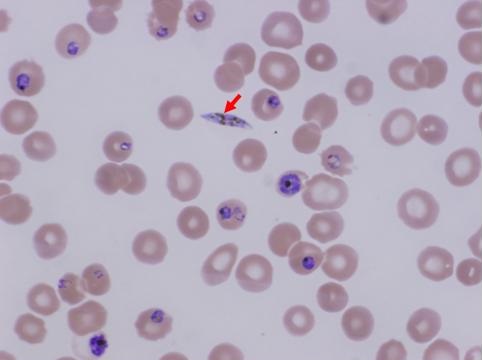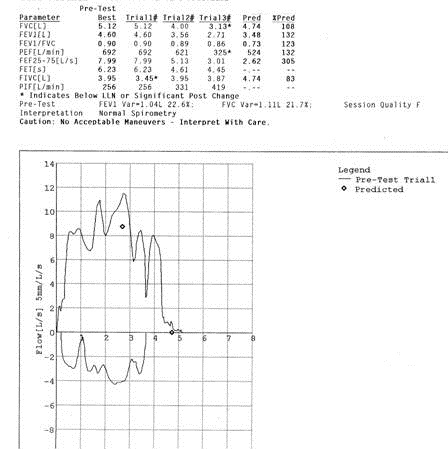February 2014 Arizona Thoracic Society Notes
 Thursday, February 27, 2014 at 7:31AM
Thursday, February 27, 2014 at 7:31AM The February 2014 Arizona Thoracic Society was a dinner meeting sponsored by Select Specialty Hospital and held on Wednesday, 2/26/2014 at Shea Hospital beginning at 6:30 PM. There were 14 in attendance representing the pulmonary, critical care, sleep, and radiology communities.
Gerald Swartzberg was presented a plaque as the Arizona Thoracic Society clinician of the year by George Parides (Figure 1).
Figure 1. George Parides (left), Arizona Representative to the ATS Council of Chapter Representatives, presenting a plaque to Gerald Swartzberg (right), Arizona Thoracic Society Clinician of the Year.
A discussion was held about having a wine tasting in San Diego at the ATS International Conference. Peter Wagner (Slurping Around with PDW) has agreed to lead the conference. It was decided to extend invitations to the New Mexico, Colorado and California Thoracic Societies along with the Mayo Clinic.
A question was raised about guideline development. It was felt that we should review the Infectious Disease Society of America Valley Fever guidelines and determine if the Arizona Thoracic Society might have something to contribute.
Three cases were presented:
Lewis Wesselius from the Mayo Clinic Arizona presented a 19 year old man with shortness of breath and fever. He was seen in the Emergency Department and had a normal chest x-ray but returned 6 days later with a diffuse nodular pneumonia. Bronchoscopy with bronchoalveolar lavage revealed blood but all cultures with negative. He underwent video-assisted thorascopic lung (VATS) biopsy. Histologically the biopsy showed massive neutrophilic infiltration, hemorrhage, and small, angiocentric abscess formation. This was considered compatible with pyoderma gangrenosum of the lung (1). He had dramatic improvement with corticosteroids.
Elijah Poulos, a second year fellow at the Good Samaritan/VA program, presented a case of a non-resolving lung infiltrate in the left lower lobe after 6 weeks. CT scan showed a patchy, nodular consolidation with hazy borders. The patient was asymptomatic. Lung biopsy showed adenocarcinoma. He was referred to thoracic surgery for possible resection. A discussion ensued reminding everyone that carcinoma is a consideration in non-resolving lung lesions and that adenocarcinoma is becoming more common (2).
Dr. Poulos also presented a 66 year old who is retired but a semi-retired handyman/farmer who had a persistent nonproductive cough. CT scan showed a diffuse increase in interstitial markings. Pulmonary function testing revealed restrictive lung disease. Bronchoscopy with bronchoalveolar lavage was unremarkable. He was treated with fluticasone nasal spray and improved. Most advised a VATS biopsy to establish a diagnosis.
Richard A. Robbins, M.D.
References
- Kanoh S, Kobayashi H, Sato K, Motoyoshi K, Aida S. Tracheobronchial pulmonary disease associated with pyoderma gangrenosum. Mayo Clin Proc. 2009;84(6):555-7. [CrossRef] [PubMed]
- Lortet-Tieulent J, Soerjomataram I, Ferlay J, Rutherford M, Weiderpass E, Bray F. International trends in lung cancer incidence by histological subtype: Adenocarcinoma stabilizing in men but still increasing in women. Lung Cancer. 2014 Jan 25. pii: S0169-5002(14)00044-0. [PubMed]
Reference as: Robbins RA. February 2014 Arizona Thoracic Society notes. Southwest J Pulm Crit Care. 2014;8(2):138-9. doi: http://dx.doi.org/10.13175/swjpcc026-14 PDF



